Este post também está disponível em:
Português
English

In the interior of Paraíba is the state’s second city, Campina Grande, which retains vestiges of the prosperous times when it was one of the world’s great cotton producers, while at the same time renewing itself by attracting crowds to its grandiose popular festivals.
Another very traditional event in the interior of Paraíba is the Festa do Bode, which takes place in the municipality of Cabaceiras, where the beautiful lajedo of Pai Mateus is also located, with intriguing rock formations and cave paintings.
In the state, there are two other prehistoric treasures: the Archaeological Site of Ingá, where you can see traces made millennia ago, and the Vale dos Dinossauros, in Sousa, where one of the longest tracks of that animal was discovered.
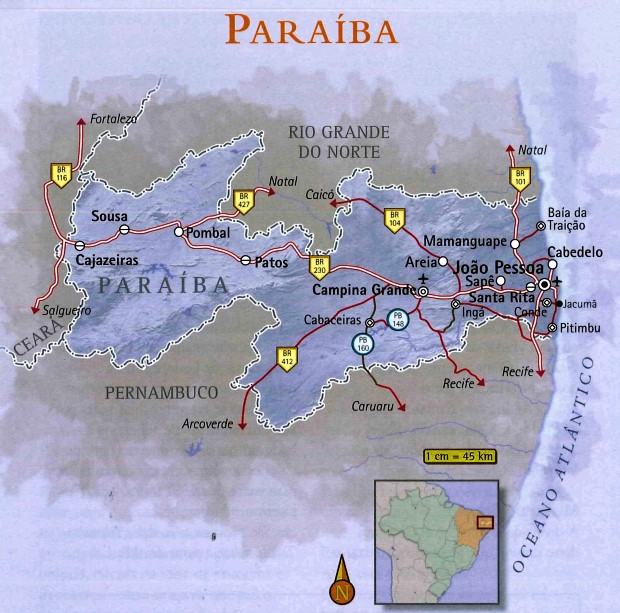
Little Areia, high up in the Serra de Borborema, is another relic: its architectural complex, built in the 19th century, was listed by Iphan in 2005 as a national heritage site.
The interior of Paraíba is prosperous and alternates hinterlands and mountains
Videos Campina Grande, Cabaceiras, Areia, Ingá Archaeological Site and Assis Chateaubriand Art Museum


Campina Grande na Paraíba

Cabeceiras na Paraíba

Lajedo de Pai Mateus em Cabeceiras PB

Areia na Paraíba

Arte Rupestre na Paraíba

Areia na Paraíba - Guia

Museu de Artes Assis Chateaubriand25:08
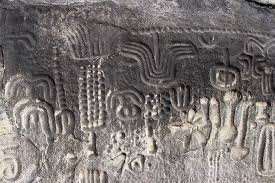
Sítio Arqueológico da Pedra do Ingá PB
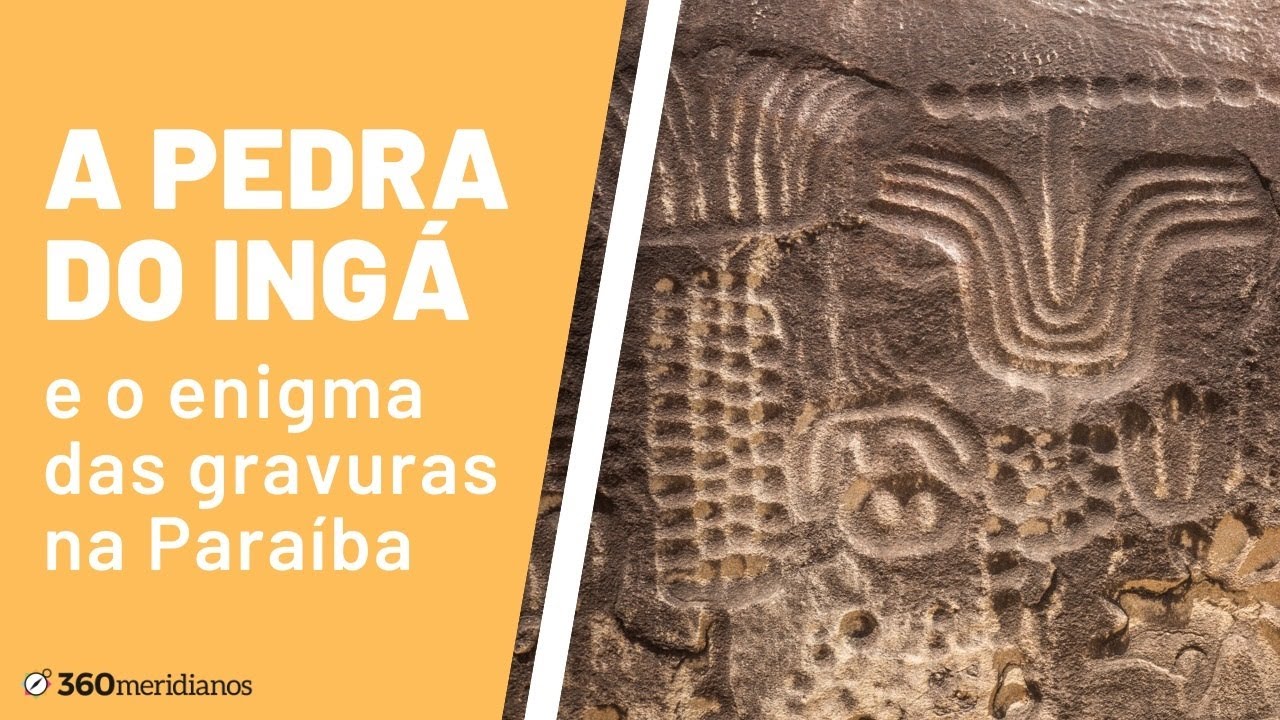
A Pedra do Ingá e o enigma das gravuras na Paraíba01:41
Main tourist cities in the interior of Paraíba
1. CAMPINA GRANDE IN PB
Campina Grande is considered one of the main industrial and technological centers of the northeast. The city has a varied cultural agenda, highlighting the festivities of São João, which take place throughout the month of June,“The Biggest São João in the World”, the meeting of the New Conscience, in addition to the Winter Festival and many other events.
The urbanization of the municipality has a strong link with its commercial activities from the beginnings until today.
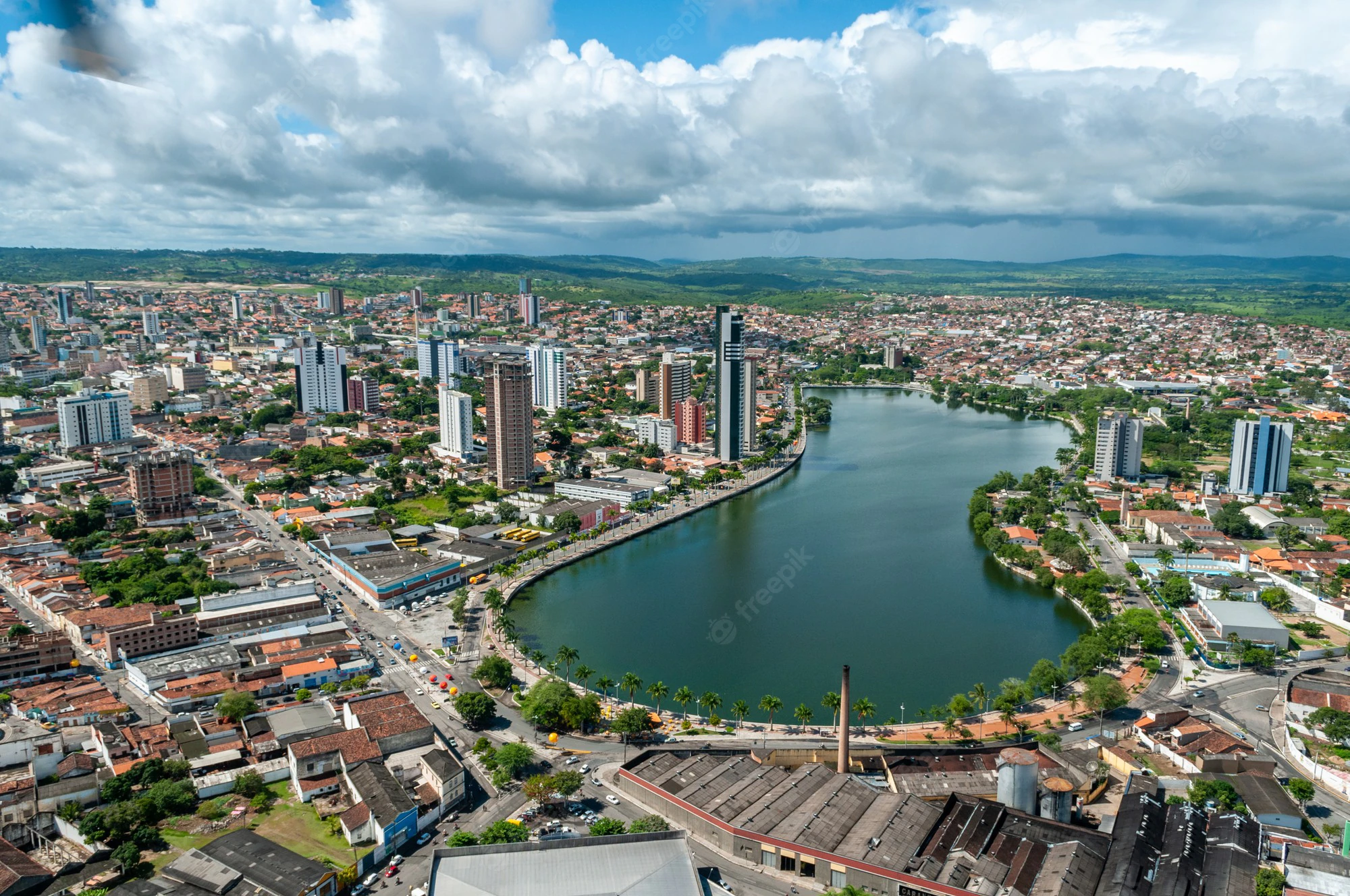
The municipality was a resting place for the tropeiros, and then a cattle fair and a large general fair were formed.
Later, the municipality took a great leap of development due to the tropeiras activities and the growth of the cotton culture.
Campina Grande became the second largest cotton producer in the world.
Campina Grande is located in the Borborema mountain range, 125 kilometers from João Pessoa, with access by BR-232, the former Vila Nova da Rainha, founded in 1790 – the name Campina Grande was only adopted in 1864, with its elevation to the category of city – , experienced a moment of glory in the second half of the 19th century, when the American War of Secession dismantled cotton production, elevating Brazil to the position of second largest cotton producer in the world (the first place was Liverpool, England).
Alongside the vestiges of its history, the city is proud of its musical and festive tradition: it is the land of the so-called forró pé-de-serra – the one that is accompanied by triangle, zabumba and sanfona.
The peak of the rhythm occurs during the São João festival, considered, if not the longest – an honor that, according to tradition, belongs to Caruaru, in Pernambuco – at least the most visited in the country.
In June, an estimated 1 million people attend the festivities; on the night of June 23-24 alone, Parque do Povo – a huge tented structure in the city center – welcomes 80,000 people to see some of the 300 quadrilhas that perform throughout the event.
In June and July, on weekends, the fun extends to the so-called Trem Forroviário, which promotes a “dancing trip” to the district of Galante, 12 kilometers away: there are seven wagons without chairs or benches, each animated by a trio of musicians. The forró train leaves at 10am from the Railway Station (pça. Cel. Antonio Pessoa, 124).
In April, Campina Grande hosts a popular off-season carnival, Micarande, also in Parque do Povo.
1.1 COTTON MUSEUM
Located in the city’s old train station, the museum houses the memory of the times when cotton was called “white gold” and sustained the economy of Campina Grande.
It houses machines – most of them made of wood and still very rudimentary -, utensils and photographs, as well as an authentic cotton bale weighing 100 kilos. Rua Benjamin Constant, Largo da Estaҫão Velha.
1.2 HISTORICAL MUSEUM OF CAMPINA GRANDE
The building, dating from 1814, originally housed the city’s Town Hall and Jail, and one of its cells held Friar Caneca during the Confederation of Ecuador.
In 1897, the city’s Telegraph Company was installed there – the façade still bears the inscription “Telegrafo Nacional”.
The museum, which occupies the first floor, brings together maps and photos, with captions that tell the local history from the primitive indigenous villages, through the sugar cane and cotton cycles. Av. Mal. Floriano Peixoto, 825, Center.
1.3 ASSIS CHATEAUBRIAND ART MUSEUM

The collection is, however, in the process of being changed, and although only a gallery with 54 pieces can be visited, it includes canvases by Pedro Américo and Cândido Portinari that are worth a visit on their own. Guided tours can be arranged. Evaldo Cruz Park, s/n.
1.4 handicrafts
At the Donna Terra store, tourists can find the famous works made of naturally colored cotton – in shades of beige – from Embrapa, one of the pride of Campina Grande (Shopping Iguatemi, av. Severino Bezerra Cabral, 1190, lj. 84, Catolé).
At the Núcleo Familiar de Brinquedo Popular, you can buy spinning tops, wooden carts, yo-yos, shuttlecocks and other very well-finished toys, collected from among the most classic Brazilian popular traditions (Rod. BR-230, 4586, Lagoa de Dentro).
2. CABACEIRAS IN PB
The quiet streets of the town of Cabeceiras, with simple old houses, were the setting for the films O auto da compadecida (2000), by Guel Arraes, and Cinema, aspirinas e urubus (2005), by Marcelo Gomes.
The unusual “Roliúde Nordestina”, in the city of Cabaceiras, is a must for lovers of history and cinema.
Our Cariri Paraiba was the setting for films such as “O Auto da Compadecida” and “Romance” (directed by Guel Arraes) and has preserved houses from the late 19th century;
You will also visit the Saca de Lã and the Lajedo de Pai Mateus, where there are exotic, mystical rock formations with cave paintings (environmental preservation fee is not included);
The place was the setting for the famous superseries “Onde Nascem os Fortes”, a Globo production;
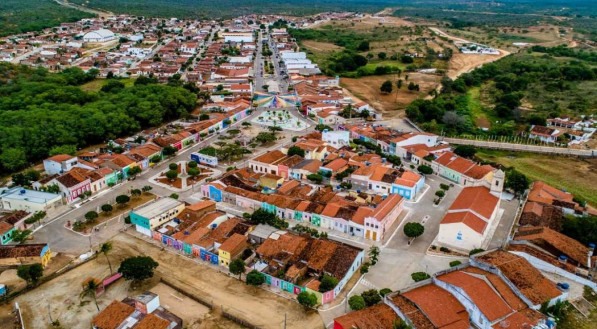
Cabaceiras, 69 kilometers from Campina Grande and 193 from João Pessoa, is the scene of the traditional Bode festival, which takes place at the end of May and lasts three days.
During this period, nothing else is talked about in the city: the most beautiful and well-endowed animals are sold and exchanged, the novelties made with their leather are marketed, and the “Bode Rei” of the year is chosen.
It is not difficult to understand the reverence for the animal: nestled in the semi-arid region, in the so-called Cariri hinterland, Cabaceiras has goat breeding as its main economic activity.
As it is accompanied by musical shows and other attractions, the festival also attracts those who just want to have fun.

The town’s main attraction, however, is the walk to the magnificent Lajedo de Pai Mateus, an enormous granite surface – much larger than a soccer field – on which rest equally gigantic spherical rocks.
According to legend, on one of them – the stone of the Helmet – would have lived, in the eighteenth century, a healer whose name baptizes the place.
The lajedo is located on the property of Crysostomo Lucena de Holanda, who invested in infrastructure a few years ago to welcome tourists.
To visit the place, you must contact the Hotel Fazenda Pai Mateus, which provides guides – a necessary measure, as it is easy to lose your sense of direction on the immense stone slab.
It is also essential to bring a hat and water to face the inclement sun. Since June 2004, more than 18,000 hectares of the region where the lajedo de Pai Mateus is located have been part of an Environmental Protection Area, the APA do Cariri.
Access to the town from João Pessoa is via the BR-230 highway to Campina Grande. From there, take the PB-148, following the signs for Queimadas. From the town of Boqueirão, you need to be extra careful on the road full of curves.
See also Lajedo de Pai Mateus in detail – Geology
2.1 LEATHER CRAFTS
In the small district of Ribeira, in the rural area of Cabaceira, the ten workshops of Arteza – Cooperative of Tanners and Leather Artisans – operate. Shoes, bags, sandals, hats and other items are handmade using traditional techniques and with excellent finishes, and can be bought at the organization itself at attractive prices.
Arteza’s production, inaugurated in 1998, already serves the markets of Campina Grande, Brasília and São Paulo.
3. INGÁ IN PB
What makes this small town of Ingá in Paraíba – located 109 kilometers from the capital, by BR -230 – known far beyond the limits of Paraíba is its Archaeological Site.
In it is the Archaeological Site of Pedra do Ingá.
The Pedra de Ingá is also called Itacoatiara de Ingá (“itacoatiara” means “inscriptions in stone”), 24 meters long and 3.8 meters high.
Pedra de Ingá has rock inscriptions carved thousands of years ago, which attracts tourists from Brazil and abroad in search of answers to questions raised by scientists, ufologists, astronomers and ordinary people.
Experts estimate that the engravings seen on the stone may have been made 25,000 years ago, possibly by groups who worshipped the waters in some way.
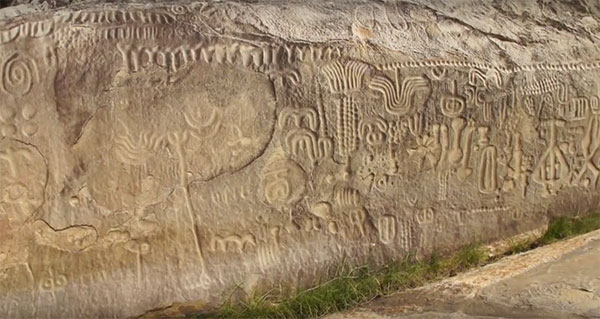
Visited by tourists from all over the world, the Ingá Archaeological Site is not abandoned thanks to the efforts of Cecília and Renato Alves da Silva.
Residents of the place, they take care of the natural monument “for love of stone” – without any remuneration.
Access to the famous Itacoatiara is via a house that serves as an “archaeological museum”, bringing together illusions and maps.
Ingá is 109 kilometers from João Pessoa, on BR-230. Archaeological site of Ingá, s/n.
The archaeological site is 96 km from the capital and 38 km from Campina Grande.
Access to the site is via BR 230, where there is an entrance to PB 90, where after traveling 4.5 km you reach the urban center of the city.
After traveling another 5 km by paved road you arrive at the Archaeological Site of Pedra do Ingá.
On the site was built a building where the Natural History Museum works, with several fossils and lithic utensils found in the region where the city is today.
4. AREIA IN PB
The small and charming town of Areia still does not have a good hotel structure, but the tour is valid especially for those who are in Campina Grande, from which it is 49 kilometers away.
Located on the top of the Borborema mountain range, 130 kilometers from João Pessoa on the BR-230 highway, the city of Areia grew up surrounded by mills, since sugar cane developed well in its wetlands.
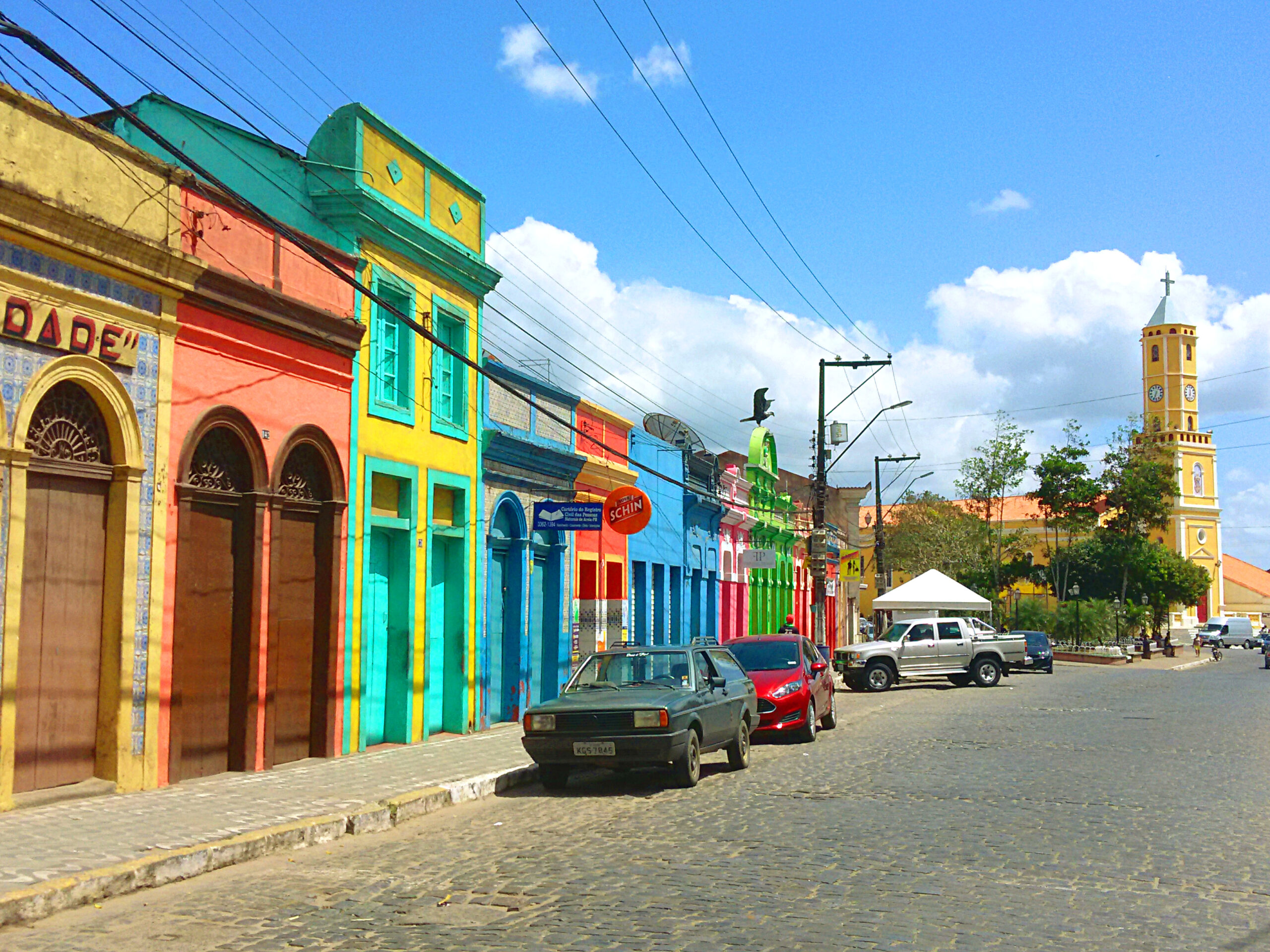
The economic prosperity of Areia gave rise to an intellectualized and liberal elite, responsible for the construction of a beautiful architectural ensemble listed by Iphan.
This same elite financed the construction, in 1859, of the Minerva Theater, the first in Paraíba. Originally, the Minerva was called Recreio Dramático; its current name is due to the statue of the Roman goddess that was placed at the top of its frontispiece – and which remains there.
Small, with a gable roof, the theater continues to serve as a stage for plays by groups from the city (Rua Epitácio Pessoa, 102).
The birthplace of novelist and politician José Américo de Almeida, Areia is also the birthplace of Pedro Américo (1843-1905), one of the most important Brazilian painters of the 19th century.
Author, among others, of the painting Grito do Ipiranga (Cry of Ipiranga), which is in the Museu Paulista (Ipiranga Museum) in São Paulo, Pedro Américo left the house where he came into the world at the age of nine to accompany as a draughtsman the expedition through the Northeast of a French naturalist.
The house, however, is known as the Pedro Américo Museum, although there are no works by the artist there, only black-and-white copies; the place is now regularly visited by students (Rua Pedro Américo, 66).
The Brejo Paraibano Museum or Museum of Cachaça and Rapadura is also popular with tourists. This is the big house of the Várzea sugar mill, located on the Areia campus of the Federal University of Paraíba.
Built around 1870, it is a typical Paraiba mill – solid, simple, unostentatious, unlike the buildings of other regions of the Northeast, marked by luxury.
In it you can see furniture, utensils and other traces of the sugar civilization (Federal University of Paraiba, Campus II, Areia).
See Areia is home to the first mills in Paraíba and has a lot of history
5. SOUSA IN PB
With 51 dinosaur footprints, spread over 50 meters – one of the longest tracks ever discovered in the world – the city of Sousa, 436 kilometers from the state capital via BR-230, has become a landmark of the passage of those gigantic prehistoric animals through America.

The traces furrow the bottom of the valley of the River Fish, known for this reason as the Valley of the Dinosaurs.
The highlight is the Passagem das Pedras, which contains nine traces. A museum with explanatory panels helps to understand the immense importance of the treasure kept in the region.
The best time of year to visit the valley is during the dry season, between July and December, when you can see the extremes of the Peixe river basin in two days.
It is worth taking advantage of your visit to Sousa to buy handmade hammocks and quilts: there are many stores scattered throughout the city.
Tourism and Travel Guide of the Interior of Paraíba, Campina Grande, Ingá, Sousa and Areia



















